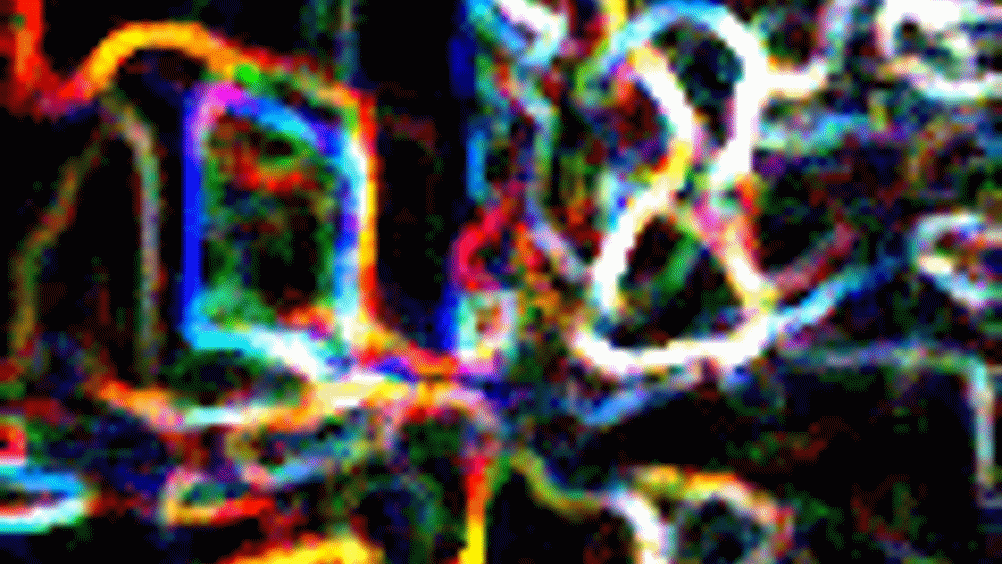Chlorinated cleanup
Australian scientists have developed a new technology that can easily break down chlorinated hydrocarbons (CHCs) on site.

Australian scientists have developed a new process that can easily break down chlorinated hydrocarbons (CHCs) on site.
CHCs are used in a range of applications such as pesticides and dry cleaning solvents. However, they have a number of negative health effects, having been shown to be highly carcinogenic and hepatotoxic.
The process, developed by Environmental Biotechnology Cooperative Research Centre (EBCRC) researchers at Murdoch University and the University of New South Wales, uses an activated granulated carbon and a common solvent to breakdown the CHCs.
The regenerative process turns the halogenated hydrocarbons to a gas and a liquid, which can then be safely destroyed. The activated carbon is then recycled for re-use or disposed of as a low impact waste.
'Cleanup of halogenated hydrocarbons from industrial and commercial processes is an ongoing and expensive undertaking. One of the great features of our technology is that the process can be transported to the contaminated site. This is a critical feature when transport or incineration of waste material is undesirable,' said Dr David Garman, executive director of the EBCRC.
Register now to continue reading
Thanks for visiting The Engineer. You’ve now reached your monthly limit of news stories. Register for free to unlock unlimited access to all of our news coverage, as well as premium content including opinion, in-depth features and special reports.
Benefits of registering
-
In-depth insights and coverage of key emerging trends
-
Unrestricted access to special reports throughout the year
-
Daily technology news delivered straight to your inbox










Hornsea 4 wind farm axed by Ørsted
Sounds like a job for Greta British Energy. IF it actually had staff. Or a business. Or manufacturing capabilities. Or access to the manifest promised...